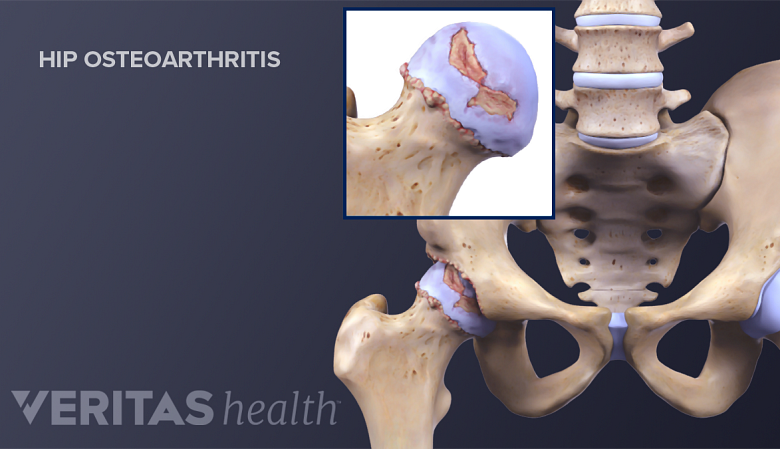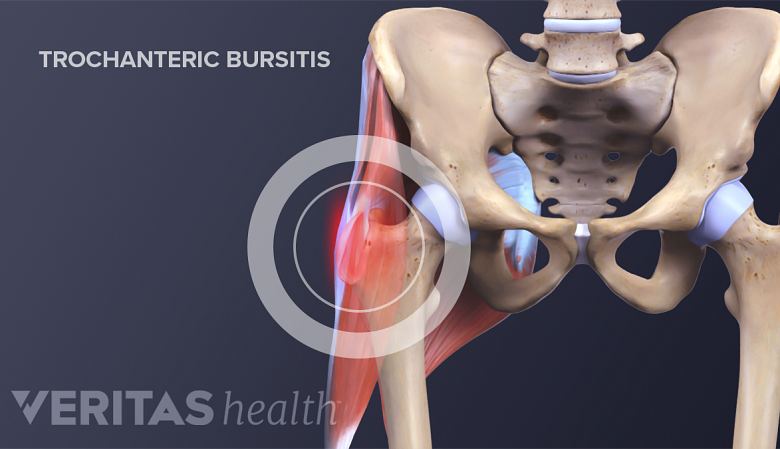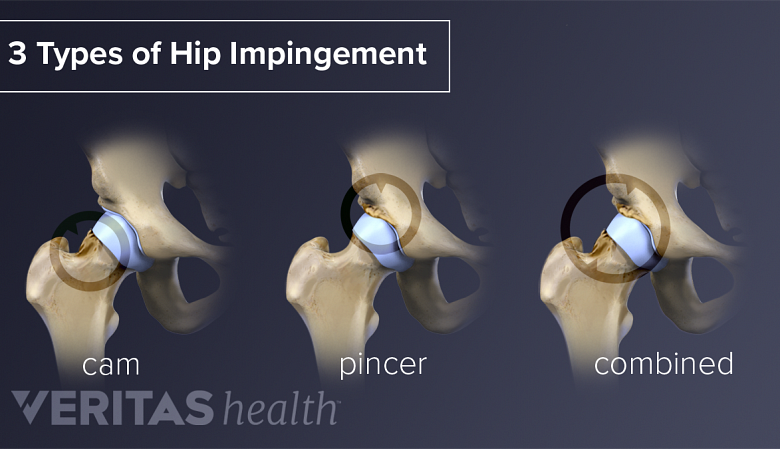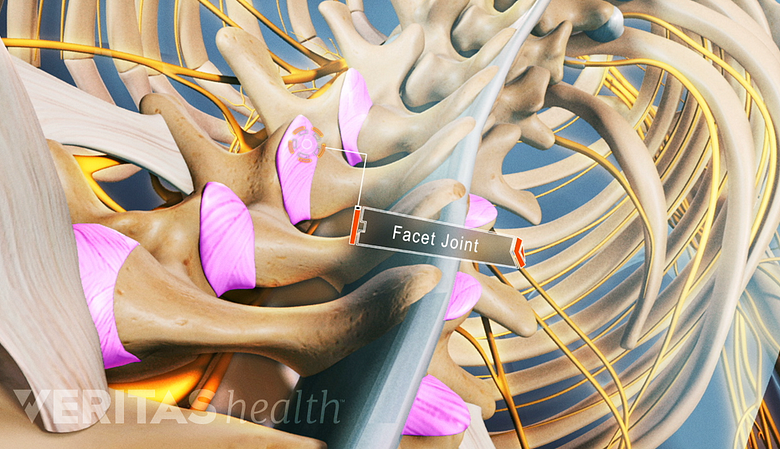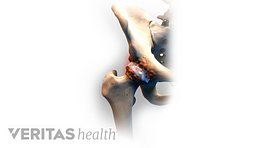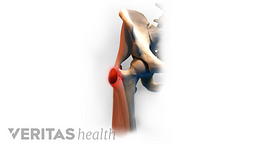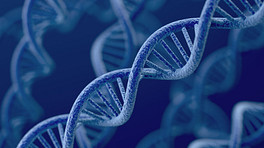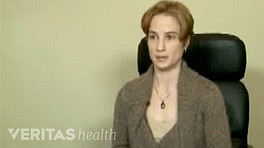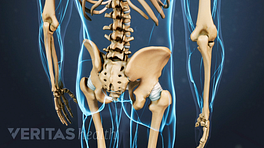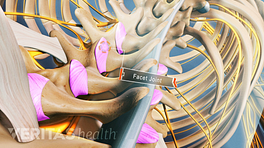It supports our weight. It allows us to sit, walk, and run. The hip is one of the most crucial joints in our body, so when it causes you pain, it can be a big problem.
Your hip may be painfully stiff in the morning, ache only when you sit down, or cause sharp pain during a deep bend or squat. The symptoms provide clues about the underlying problem.
One of the most common causes of hip pain is osteoarthritis, but several other conditions can also cause hip pain.
Hip osteoarthritis
As we age, the hip joint can start to deteriorate due to osteoarthritis. The cartilage that covers and protects the bones at the point of contact can degenerate and disappear, causing friction, inflammation, and pain.
Hip osteoarthritis is a degenerative disease that is signaled by the deterioration of the joint cartilage.
Common symptoms of hip osteoarthritis
If you have hip osteoarthritis, you may notice:
- Aching pain in the groin, the side or back of the hip
- Stiffness or limited range of motion in the hip
- Hip crunching, grinding, or popping sensations
- Difficulty bending at the hip
Symptoms may be most noticeable in the morning or after sitting for a long period and worsen with activity.
Read more about Hip Osteoarthritis Symptoms
Hip bursitis
Inflammation of a bursa near the hip joint causes hip bursitis. This condition may happen for a variety of reasons, such as an old injury or a low-back problem that affects the hip’s biomechanics.
Hip bursitis is commonly referred to as trochanteric bursitis and greater trochanter pain syndrome
Common symptoms of hip bursitis
If you have hip bursitis you may notice:
- Pain on the side of the hip
- Hip pain that is worse after repetitive activity, such as climbing stairs
- Tenderness when pressure is applied to hip, which may make lying on your side uncomfortable
Hip bursitis can become chronic if you do not treat it and address the underlying cause.
Read more about Hip Bursitis Symptoms
Labral tear
The hip labrum is a ring of strong, flexible cartilage that rims the outer edge of the hip socket (acetabulum). It can fray and tear over time or be injured by acute trauma.
Read about Coping with Hip Labral Tears on Sports-health.com.
Common symptoms of a hip labral tear
If you have a labral tear, you may experience:
- A constant, deep, dull ache in the groin, buttock and/or thigh when sitting down
- Occasional, sharp, stinging pain that gets worse during activities, such as turning, walking, and running 1 Groh MM, Herrera J. A comprehensive review of hip labral tears. Curr Rev Musculoskelet Med. 2009;2(2):105-17.
- Hip catching or locking that prevents a smooth range of motion
When asked to locate the pain, patients often make a “C” shape by cupping their hand around the side of the hip.
Read more about Hip Labral Tear Symptoms on Sports-health.com.
Hip impingement
Bony growths can develop on the bones that form the hip’s ball and socket. These growths can cause abnormal contact between the bones and affect the hip’s range of motion. This condition, known as femoroacetabular impingement (FAI) or hip impingement, can be painful.
Read more about Hip Impingement on Sports-health.com
Depending on the location of the bony growth, there are three types of hip impingement that lead to hip pain: cam, pincer, and combined.
Common symptoms
If you have hip impingement you may feel:
- Pain in the groin area and sometimes outer hip
- Pain that becomes stabbing with motions such as twisting or squatting
Hip impingement may develop along with osteoarthritis, a labral tear, or both.
Read more about Hip Impingement Symptoms on Sports-health.com
Ankylosing Spondylitis
Because it affects the sacroiliac (SI) joint, which connects the base of the spine to the pelvis, ankylosing spondylitis often causes pain in the lower back and/or hips.
Often the first symptom of ankylosing spondylitis is inflammation of the sacroiliac joints at the base of the spine.
Common symptoms of ankylosing spondylitis
The symptoms of ankylosing spondylitis can vary a lot, but typically include one or more of the following:
- Buttock, low back, or hip pain that can radiate down to the thigh
- Pain in other joints, such as the knees, shoulders, or ankles
- Joint pain and stiffness in the early morning, which may affect sleep
- Fatigue or a general feeling of being unwell
Ankylosing spondylitis is a type of systemic inflammatory arthritis that causes the immune system to attack the joints. Two other types of inflammatory arthritis that can cause joint pain, including hip pain, are rheumatoid arthritis and psoriatic arthritis.
Read more about Ankylosing Spondylitis Symptoms
Muscle and other soft tissue injuries
The hip is surrounded and crisscrossed by a network of muscles, tendons, and ligaments that can be stretched or injured, causing hip pain.
Read about how Iliotibial Band Syndrome and Snapping Hip Syndrome can cause hip pain on Sports-health.com.
If pain in your hip is chronic and/or interfering with your everyday life, talk with your doctor and explain your symptoms, so the problem can be diagnosed.
Once a hip disorder is correctly diagnosed, a physician can put together a treatment plan to alleviate pain and correct the condition or slow down its progression.
Learn more:
- 1 Groh MM, Herrera J. A comprehensive review of hip labral tears. Curr Rev Musculoskelet Med. 2009;2(2):105-17.

